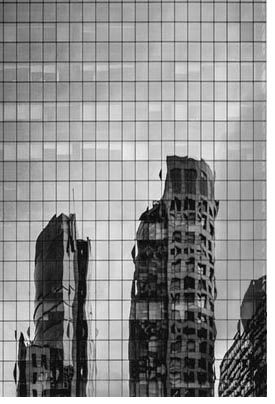
As much as living in the city determines our existence and attitude to life, more and more tenants feel threatened. The aim of the film is thus to break through the blind fear of those under threat and present structures that make people more able to see and act. For example, an army of analysts write that it is the individual's own fault. The immense demand for living space in cities is the cause of high rents. Here, the film shows that, before the financial crisis, despite the same level of demand both rent and property prices stagnated on average and only after the crisis of 2008 did things change. Viewers experience how thereafter important investment opportunities for the rich were lost and inner-city real estate became attractive -- not least because of the zero interest rate policy, which made loans for buying real estate almost free.
Thus, the film lives from the dialectic of complicated existence and the recognition of the causes. The film’s intent is not to stir up still more fear, but to make real, livable alternatives clear. And there should also be outrage that housing as a human right is being replaced worldwide by a market that is pushing more and more people to the margins.
The film is being made in the wake of our last films Marketable People and Marketable Patients, whose success couldn’t even be stymied by the Covid 19 lockdown. Paid streaming of the films followed by discussions via conference platforms is no substitute for cinema showings. “Marketable Tenants”, the subtitle of Sold City, echoes this success and will be translated for the different language versions. Sold City will be the third part of a trilogy.
Always committed to the facts, we will strictly avoid sounding off in abstract adages. Every fact is fed by the story of the protagonists. Abstract figures are illustrated by the fate of individuals. The contrast between sterile real estate wealth and people’s growing insecurity is the aesthetic of a film that wants to create understanding and encourage people to get involved.





